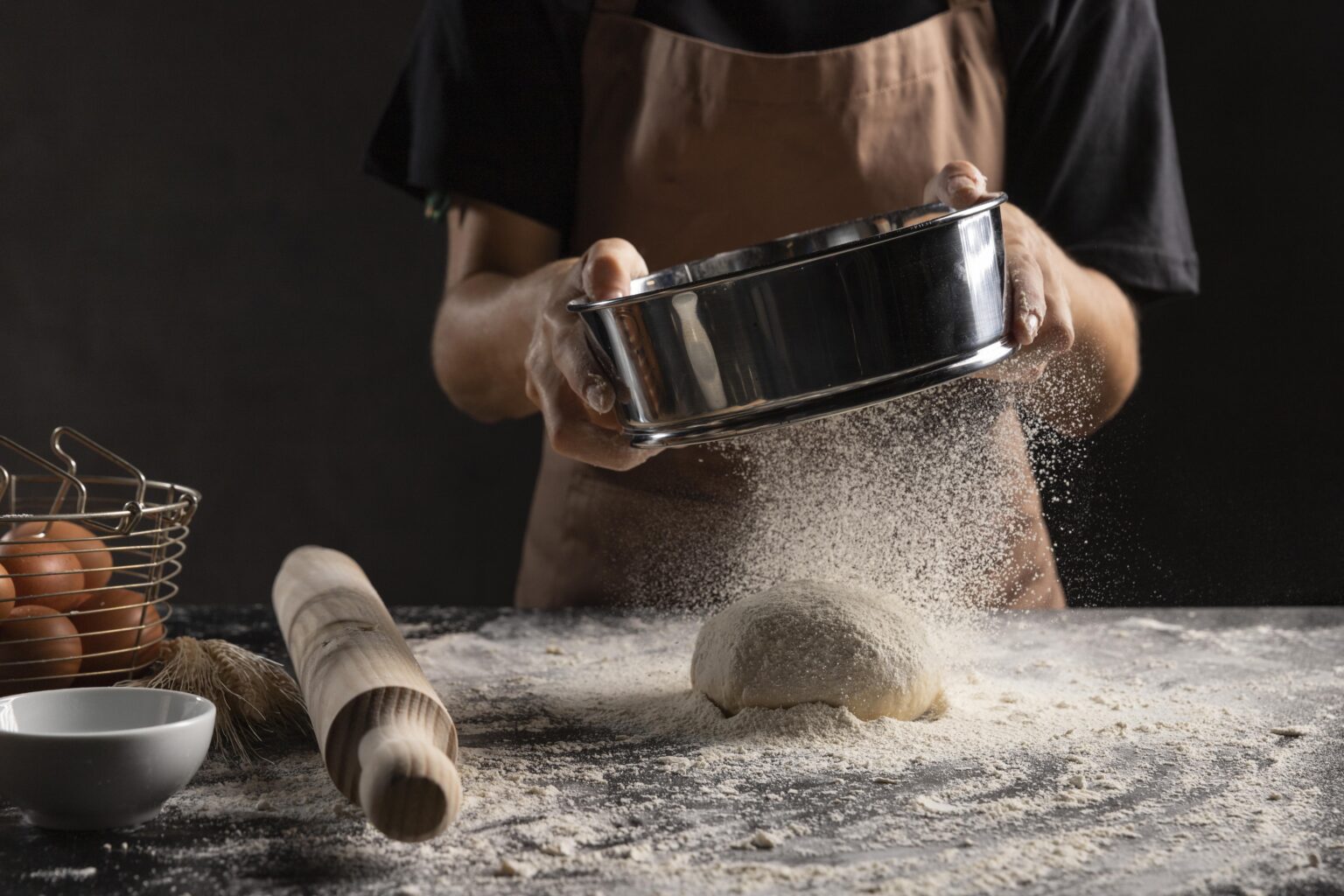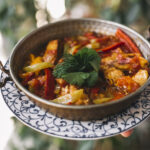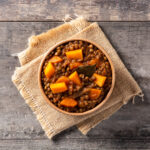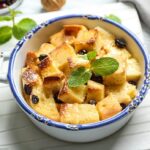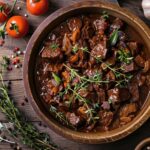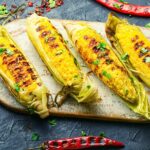Koeksisters are a beloved sweet treat in South Africa, and they hold a special place in the hearts and taste buds of locals. These braided pastries are deep-fried until golden and then soaked in a sweet, sticky syrup, making them irresistible to anyone with a sweet tooth. While traditionally made with copious amounts of sugar, a healthier and equally delicious variation has emerged: Low-Sugar South African Cape Malay Koeksisters.
The Cape Malay community, descendants of the Indonesian and Malaysian slaves brought to South Africa during the colonial era, has left an indelible mark on the country’s cuisine. The Cape Malay Koeksister is a prime example of the fusion of flavours and techniques that defines this unique culinary tradition.
In recent years, there has been a growing awareness of the negative health effects of excessive sugar consumption. As people become more conscious of their dietary choices, the demand for healthier versions of favourite dishes has increased. Recognising this trend, innovative home cooks and professional bakers have started experimenting with reducing the sugar content in traditional recipes without compromising on taste. The result: Low-Sugar Cape Malay Koeksisters that deliver all the joy of the original while being a bit kinder to your waistline.
The key to creating low-sugar Koeksisters lies in finding suitable alternatives to refined white sugar. Some recipes call for the use of natural sweeteners like honey, agave syrup, or maple syrup, which provide a more complex flavour profile and additional health benefits. Others employ sugar substitutes such as stevia or erythritol, which have a minimal impact on blood sugar levels.
One advantage of Low-Sugar Cape Malay Koeksisters is that they still retain the signature texture that makes them so addictive. The dough is prepared with flour, baking powder, butter, and milk, just like in the traditional recipe. However, the reduced sugar content doesn’t affect the dough’s ability to turn into a soft, fluffy braid that puffs up beautifully when fried.
The syrup, often the most sugar-laden component, is where the low-sugar version diverges from its classic counterpart. In traditional recipes, the syrup is made with a simple sugar and water solution, flavoured with aromatic spices like cinnamon and cardamom. To create a low-sugar syrup, various techniques can be employed, such as reducing the overall amount of sugar or substituting it with a healthier alternative. This adjustment allows the syrup to coat the Koeksisters, providing that delightful sticky glaze while containing fewer carbohydrates.
Despite the modifications, the Low-Sugar Cape Malay Koeksisters manage to preserve the essence of the original delicacy. They boast a delicate balance of flavours, combining the warmth of spices with the satisfying crunch of the exterior and the tender sweetness of the syrup-soaked interior. One can still savour the nostalgia of this cultural staple without feeling guilty about indulging.
The emergence of Low-Sugar South African Cape Malay Koeksisters reflects the evolving culinary landscape and the increasing importance of healthy eating choices. By adapting beloved recipes to suit modern dietary preferences, these innovative twists on traditional treats ensure that cultural heritage remains alive and accessible to a wider audience.
Whether you are a health-conscious individual looking to satisfy your sweet tooth or a curious food lover eager to explore new flavours, Low-Sugar Cape Malay Koeksisters are a delightful choice. They offer a delectable taste of South African cuisine, blending tradition, innovation, and a touch of sweetness—all in a single bite.
